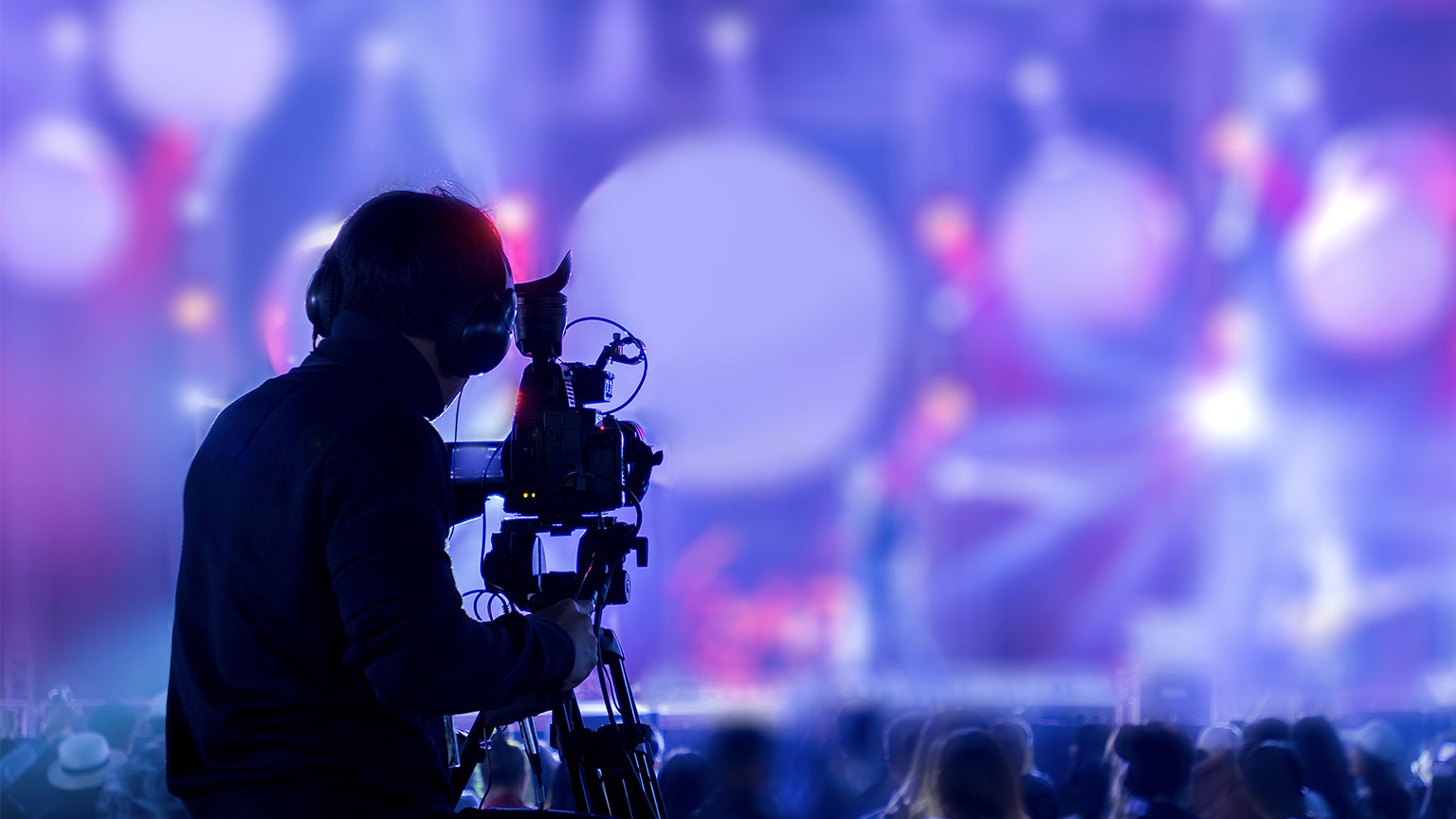It is an illusion that photos are made with the camera… they are made with the eye, heart, and headHenri Cartier-Bresson
Camera operators capture the visual elements of all eSports events. During live events camera operators act as the eyes of the game for all spectators at home. However, online eSports events changes the role of the camera operators and the visuals of the match.
Tasks for camera operators in live events may include:
- Discussing shooting requirements with directors and producers
- Helping crew members set up production and equipment
- Discussing lighting with the technical crew
- Framing and capturing shots for production
- Rehearsing complicated shots
What skills and qualities do camera operators need?
Obviously, you want the best quality live streaming you can possibly get for your viewer’s experience. Sticking with the native camera on your laptop or desktop computer will not compare to what you can expect from the best cameras for streaming. Both video and audio are significantly better and do amazing jobs at capturing live streams.
Let’s break it down to two types of cameras. Webcams and handheld cameras.
Webcams
There are many different webcam products on the market all promoting amazing streaming.
Find out the product details for the webcam you use in your set up and the capabilities it has
Webcam Positioning
There are many factors to consider when positioning your webcam for live streaming. According to Restream studies have shown that webcam position and angle can influence viewer’s perception of you. Below are a few factors to consider when deciding where to place your webcam.
1. Put the webcam at eye level.
2. Pay attention to your background
Try to find a neutral background without too much clutter or distractions for your viewers. Keep the same background every time you stream.
3. Check your framing and composition
You want to frame yourself in front of the webcam, so viewers see you, not your background. That means reducing headroom (the space between the top of your head and the top of the frame) and centering yourself. Aim to have your entire head plus the top of your torso in the frame.
Portfolio Checkpoint 2O: Set up your Camera
Set up your camera in the right position to take camera shots of the:
- Presenter
- Analyst
- Player
Then take a screenshot of each of the three camera angles chosen for each role and add them to your Portfolio.
DSLR and Mirrorless Cameras
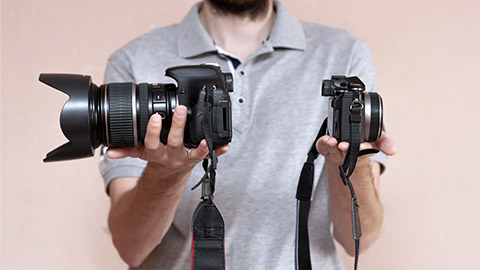
Using DSLRs offer excellent video quality, ultra-high photo resolutions, and impressive low-light performance. If you want the same image quality of a DSLR with a more compact camera, then a mirrorless camera will do the job.
If you are using a DSLR or mirrorless camera (DSLM) for live streaming, make sure your model can accommodate longer recordings and has a clean HDMI output that hides the viewfinder status and icons. Your camera should also be connected to a video encoder so it can send the HDMI output to online streaming platforms.
Parts of a camera
Tripods
A tripod is a simple device used to hold the camera steady and can enhance the quality of your live stream. It can make your camera movements fluid and allow many more options for placement of the camera.
Ask yourself:
- Do you typically enjoy being in front of the camera or behind it?
- Which equipment are you comfortable/uncomfortable with?
- What did you like about using the camera?
- What do you not you like about using the camera?
- In the future will you pay more attention to the position of your webcam?
You may be asking, what is a teleprompter, and do I really need one for a livestream? Let’s do some research and find out.
Teleprompters have been used in broadcasting for a while and help the presenter speak to the camera without memorising or using cue cards. Think of them as friends holding up cardboard signs with your script on them but better.
Teleprompters are usually positioned slightly below the camera and project scrolling text for the speakers to read. This helps maintain eye contact with the audience and is great for beginners to give them confidence and keep the conversation on track.
The following video outlines some of the key points you should consider when using a teleprompter, to ensure you sound as authentic as possible when you are presenting in front of a camera.
Watch: How to use a Teleprompter for Videos! (4:37 minutes)
Sets: Finding the right place
Let's talk about sets, the first thing to realise is that the audience can only see what you show them. What is in front of the streamer or broadcast matters a lot less than what is behind it. When it comes to broadcasts, the set is a great way to entice viewers and make it easy to watch, as something as simple as the placement of the broadcast desk, can really make a huge difference to viewers.
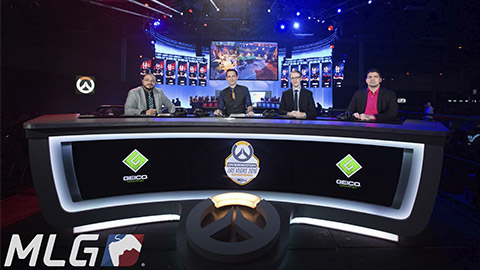
Here we can see a broadcast setup of the Overwatch League. The placement of the desk allows viewers to still feel like they are watching the players and are a part of the event – as if they are watching live due to it being directly in front of the stage where the players and screens are.
Here is an example of a basic video set up showcasing what should be going through your head when thinking about the practical side of your set.
As a streamer, while the aesthetics can elevate the look and feel of a stream, the aesthetic of your stream can be whatever you want to present it as and are comfortable with. You don’t need the perfect set when deciding if you want to start streaming. The more you dive into streaming and content creation, the more you will improve your set and your set up. It is important to realise that it takes time to build up your stream and grow, and as that happens you may decide that you think it would be worth investing in your stream to take it to the next level.
Soundproofing your stream is one way to improve the quality of your content. Now you can do this by placing soundproofing panels on your walls, but you can also improve the sound of your stream by having objects that absorb the sound, such as thick curtains or you could even get crafty with a bunch of boxes with leftover fabric in it, like we said earlier, the viewers will only see what you make them see.
eSports is a sub-genre of the exciting world of sports, and as such photography has made its way into the industry. Creating storylines and capturing the immense emotion and dedication these players put into every game is an art that only gets better with practice.
The goal of every photographer should be to immortalise the athletes by capturing a moment forever.
It is easy to get into photography nowadays. Almost every smartphone has a camera, and you don’t need an expensive phone to put your skills to practice! With dedication and a whole bunch of creativity, you can create amazing works of art by using your knowledge and creativity.
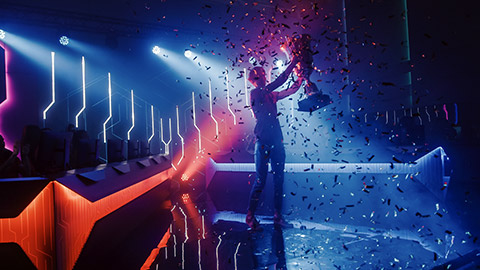

Equipment in photography within eSports varies from person to person. All you need is a camera and everything else you need to make yourself comfortable and produce the best shots possible. Owning top-of-the-range photography gear is not always realistic, but you can still get great shots capturing the moment from something as simple as a phone.
Like with video operators, tripods are a great tool when it comes to recording or taking pictures. Having stability and more freedom will result in better quality content. When you have your camera mounted, the frame is frozen on whatever you are focused on. This pause allows you, as a photographer, to spend more time evaluating the frame and choosing what is best to focus on. You will also have better panning abilities, which is great for action shots like when a player goes across the stage as otherwise your hands may tend to shake and ruin the quality of the image.
Scenography is like sets, but it is more about creating an atmosphere within your photos. This ranges from what the people are wearing and how they are standing to what is in the background. You are basically setting the scene and trying to convey a message. This is a great skill to have when doing something as simple as a player portrait to make the image stand out.
Find an example of your favourite player where scenography was used to make them convey a message. Describe the message you think they were trying to portray.
Different types of shots
When it comes to the world of photography, camera distance has a big impact on creating a perfect moment. We find it important that you understand and learn the difference between each, so you could use this new set of skills later during your bright professional career. We will review the most used camera shots in the eSports industry and the theory behind them.
In eSports live events, there are multiple cameras capturing different shots. For example, there may be a wide camera on the players and stage. Another that pans the crowd searching for fans to show to the audience. There will also be player cameras, cameras from behind the players or medium shots of shoutcasters. Having a basic knowledge of different camera shots will be key to understanding what your director wants.
Wide Shot: They are used to cover a broad area. Often used to transfer the current state and vibe of an event telling the audience what's happening at the venue.
Medium Shot: It is used to capture a person
Close up shot:
- Points of view shot
- Eye level shot
- Low Angle shot
- High Angle shot
Basic shot types
Establishing shot
To show the audience where the action is taking place. Shows the scale of the event.
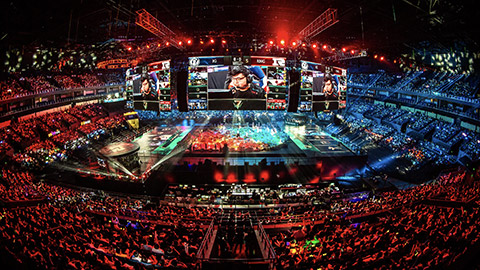
Image source from Esportsbets.com
Wide shot
Sets the scene and where the people are within it.

Medium Shot
A waist shot, a medium distance from the subject. Often used for back-and-forth dialogue. It can help the viewer depict body language and how they are interacting with the environment around them.

Close-up
A tightly framed shot taken of a person or object to capture the details of the subject.
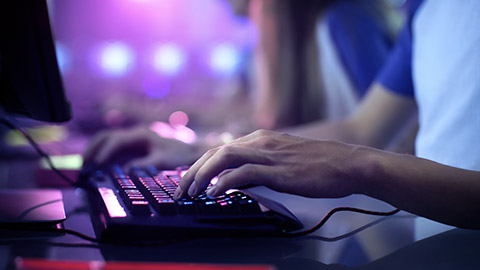
Extreme close-up
The frame is filled with a subject’s face. Powerful way to convey how your subject is feeling.
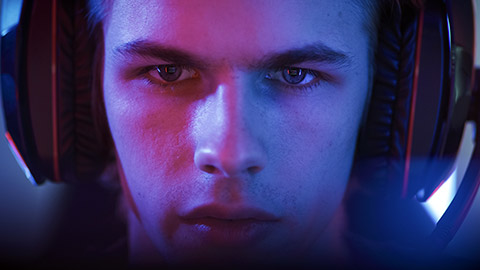
Basic camera movements
| Dolly | Motion towards or motion from the subject. Dolly-in means step towards the subject with the camera. Dolly-out means to step backwards with the camera, keeping the zoom the same. |
|---|---|
| Pan | Moving the camera lens to one side or another. It reveals parts of the scene not previously seen. |
| Zoom | Zooming involves changing the focal length of the lens to make the subject appear closer or further away in the frame. |
| Tilt | Moving the camera’s lens up or down while keeping its horizontal axis constant. Nod your head up and down - this is tilting. |
Capture the Moment!
Timing is everything when it comes to capturing the perfect moment in photography. The winner of the 2022 esports photo of the year was Colin Young-Wolf. He captured a heartfelt moment of defeat by T1 in the League of Legends world championship.
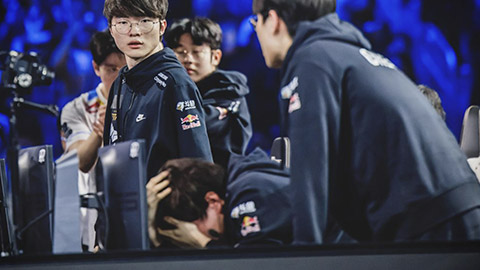
A big part of eSports editing technical skills fall under marketing and social media. Tik Tok and Instagram already have implemented very easy ways to produce videos through their editing tools that anyone can use – revolutionising the way editing is done.
Portfolio Checkpoint 2P: Create a player storyline
Using the camera operating skills knowledge and examples given on this module create a short story video (30 seconds ) of a famous player.
Share the link of your creation on your Portfolio.
Watch: 10 CAMERA MOVEMENTS on a BUDGET (Camera hacks) (7:06 minutes)
Watch the video below and take notes.
